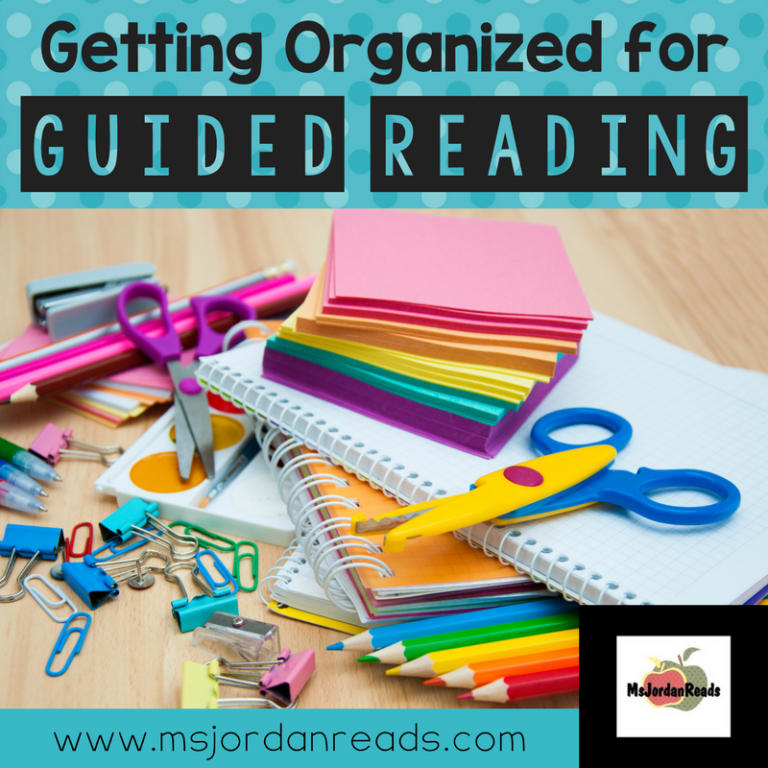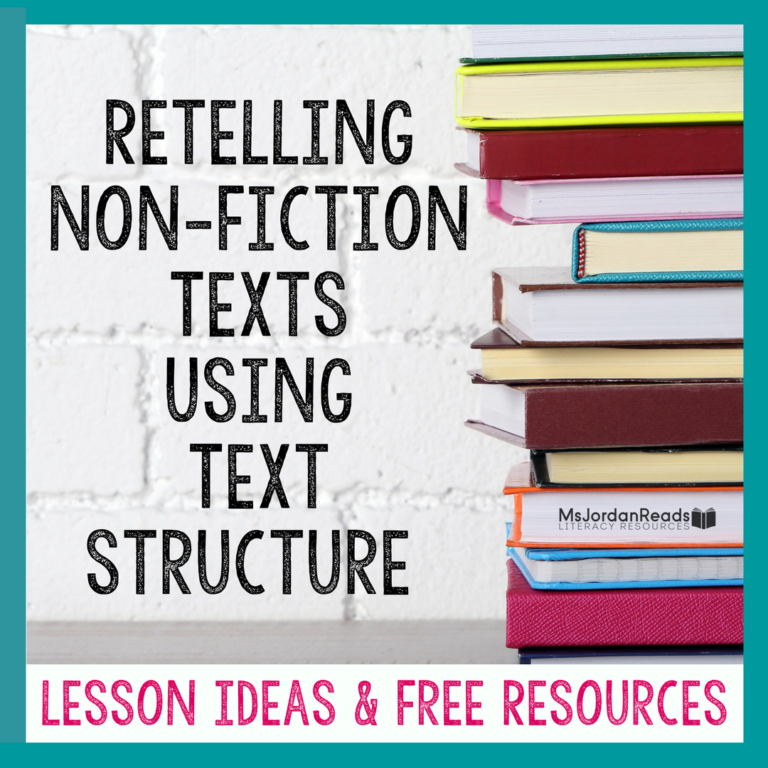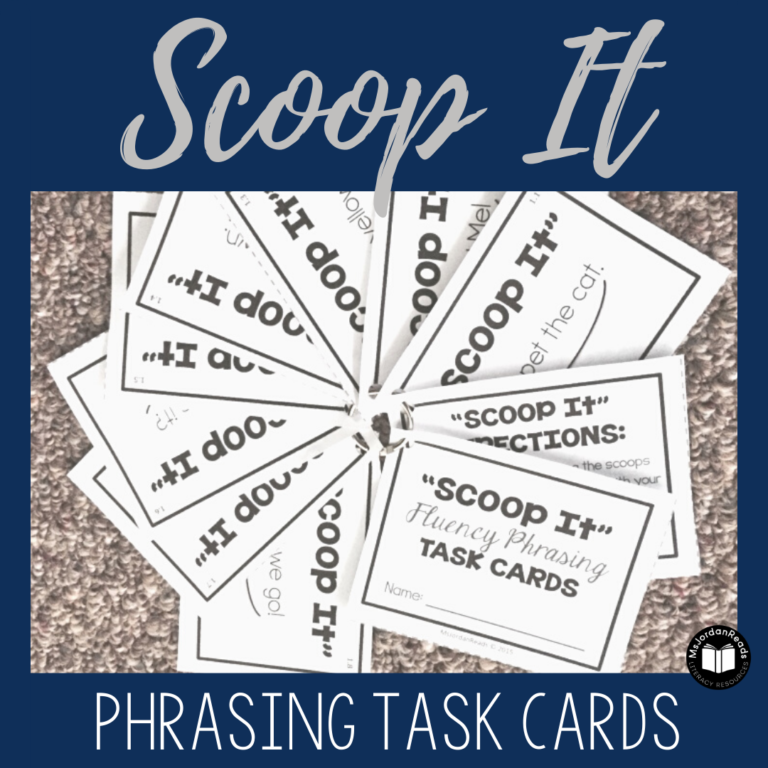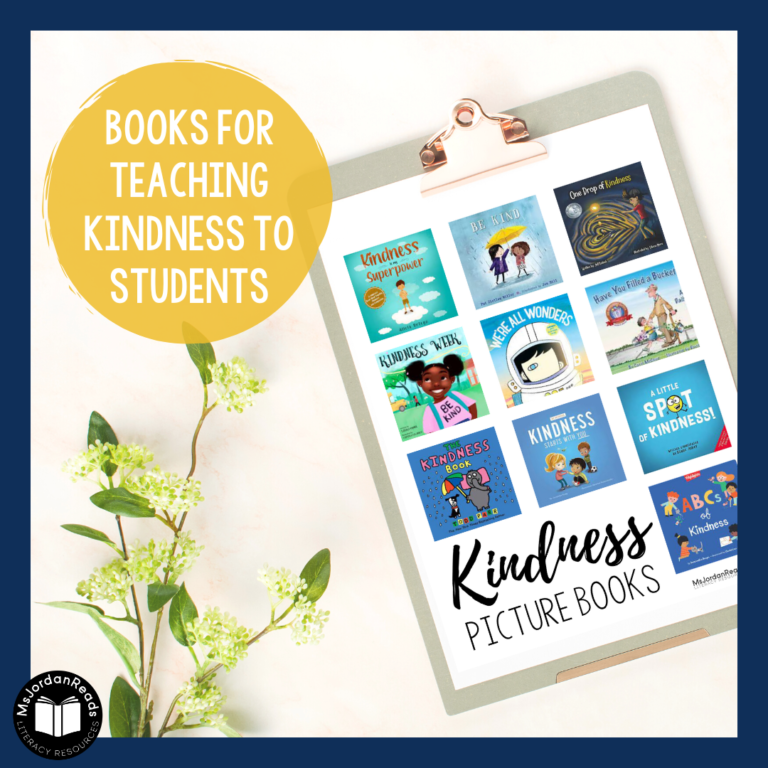How to Encourage Students to be Active Readers
Active reading is the process of being engaged in a text while thinking and reflecting about what is being read. This process encourages strategic reading and helps readers comprehend and gain knowledge from what they are reading.
For students, active reading is essential to reading comprehension and allows them to engage with texts in deeper, more meaningful ways; however, many students have to be explicitly taught how to do this and need structured opportunities to develop these active reading skills. This process becomes easier after a student is able to read with fluency, since their focus can shift from decoding to comprehension.

Strategies & Tools to Encourage Active Reading
There are many strategies you can try to encourage active reading. With ongoing practice, students can use these tools to improve their comprehension skills.
Modeling with “Think Alouds”
Students learn a lot when you model the correct way of doing things. Modeling the process of active reading through “think alouds” is a great way for teaching students how to become active readers. You can do this by reading a text and sharing your thoughts aloud so students understand what kinds of things they should be thinking about before, during, and after reading. It is a strategy that will increase reading comprehension and encourage students to ask their own questions and form their own thoughts. This modeling can be done during shared reading, small group reading, or any type of intervention groups.
Using Stopping Points
Chunking text and using stopping points is a great way to encourage students to stop and think after reading a section of the text. There are different ways of chunking to break apart a text, and you can use tools such as printable sticky notes to visually remind students to stop and think.
Active Reading Prompts
Encourage active reading by using comprehension prompts at each stopping point. Students can think about the prompts and even discuss them with partners or small groups. Create your own comprehension discussion sticks or “think sticks” using popsicle sticks, or try out these “print and go” Read Stop Think prompt cards. These tools will encourage students to think about what they’re reading and apply different comprehension strategies such as asking questions or making predictions.
Annotating Texts
Using printable or digital texts, students can highlight important sentences, underline key words, write questions they may have, or explain their thinking in the margins. Annotating texts is a great way to encourage and capture a student’s active reading. Students can immediately jot down and highlight their thoughts as they come.
Thinking Tracks
Thinking tracks are a way for students to keep track of their active thinking. Students record their thoughts before, after, and during reading using margins, sticky notes, reading notebooks, or graphic organizers. Similar to using active reading prompts, students can use stopping points as a reminder to pause and think. Unlike traditional annotating, thinking tracks encourage students to code their thinking (i.e., predictions, questions, reactions, inferences, opinions, etc.) in order to label and keep track of their active reading. Read more about thinking tracks here!
Thinking on Sticky Notes
Students love writing on sticky notes! Use sticky notes as a tool to encourage active reading and have your students “stop and jot” questions, reactions, and connections as they’re reading. Similar to annotating margins, students can stick the notes to the part of the text where they had that thought. They can go back through all the sticky notes to make more connections and see how they were actively reading and thinking the whole time!
Discussion Groups
Discussion groups are a great way to encourage conversation and to promote active reading. After reading a certain section or chapter in a text, students can stop to discuss their thinking. Encourage students to talk about questions they may have had, feelings about what happened, predictions and more. For groups that have difficulty, they may need question prompts that you can provide beforehand, or question popsicle sticks that they can choose from to jumpstart their discussion.
Reading Journals & Notebooks
Have students record their questions, comments, reactions, etc. in a notebook that they keep in their book bin. Providing time at the end of each reading session to record these thoughts will help students look back and understand what it means to actively read. Encourage them to use this notebook throughout the independent reading time, as well.
For more ideas and tools for promoting active reading, visit my thinking tracks post or check out my active reading resources in my shop.






